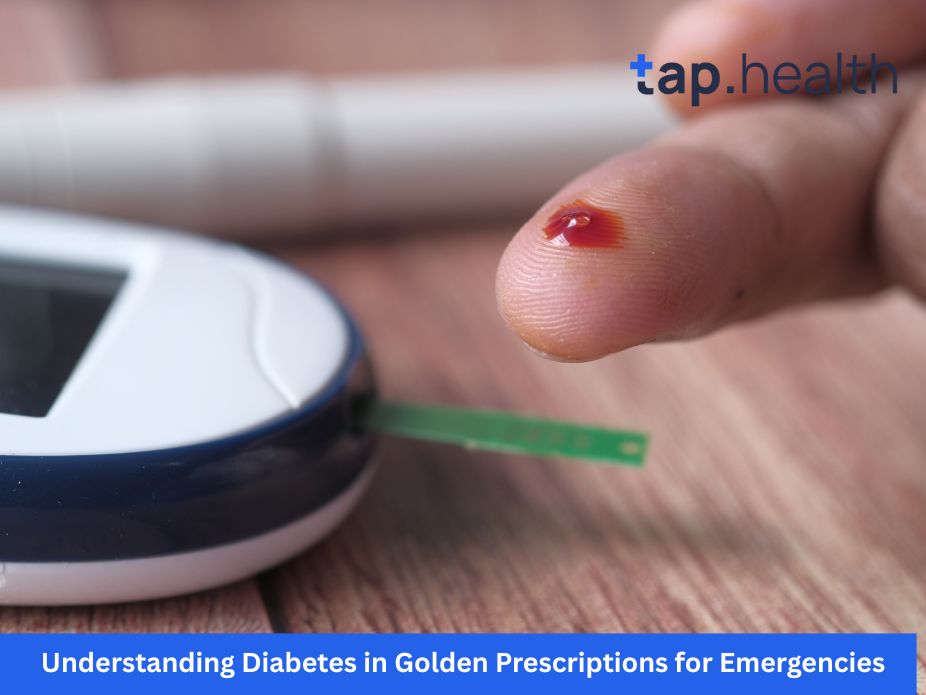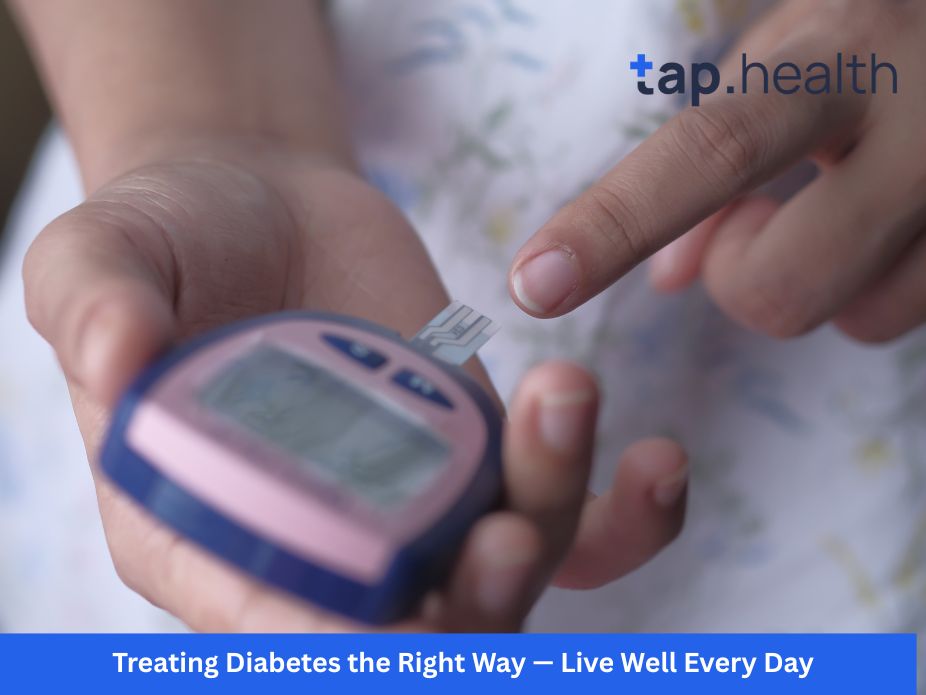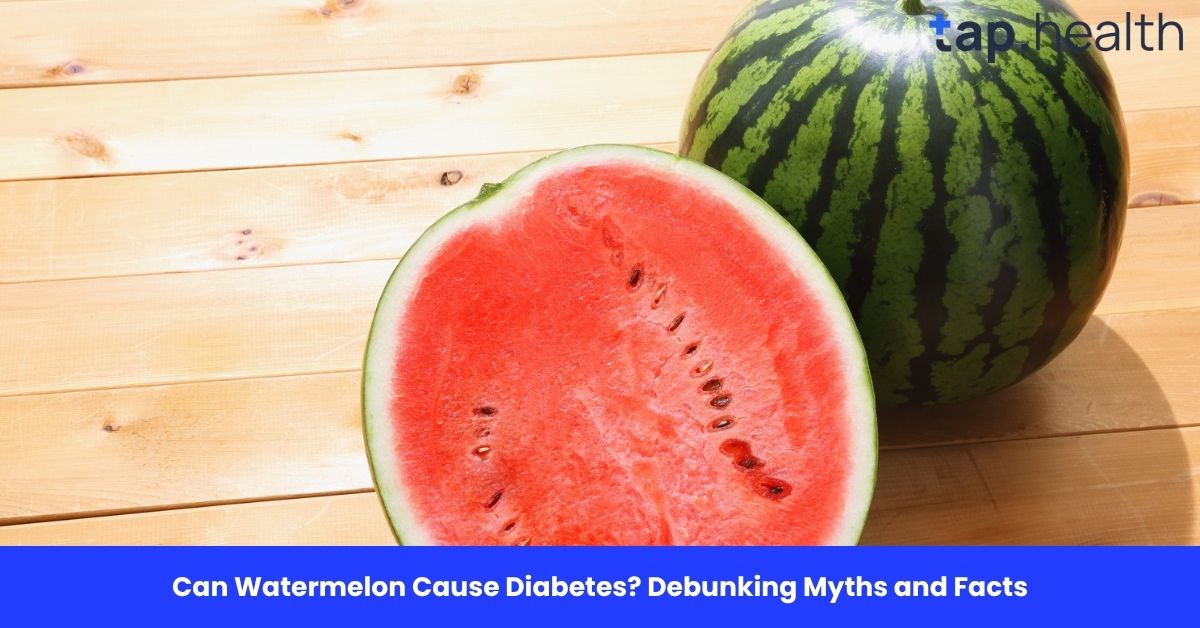Diabetes, a chronic condition affecting millions globally, requires constant management and awareness, particularly during emergencies. Whether it is a sudden hypoglycemic (low blood sugar) event, a hyperglycemic (high blood sugar) crisis, or a complication arising from uncontrolled blood sugar levels, people with diabetes need to be prepared. In this article, we’ll explore the key aspects of diabetes in emergencies, the golden rules for managing these situations, and how individuals with diabetes can ensure their safety.
What is Diabetes?
Diabetes is a condition where the body either does not produce enough insulin (Type 1 diabetes) or is unable to use insulin effectively (Type 2 diabetes). Insulin is a hormone produced by the pancreas that helps regulate blood sugar levels. Without proper insulin regulation, blood sugar levels can rise to dangerously high levels or drop too low, leading to a variety of health problems.
Types of Diabetes
- Type 1 Diabetes: This is an autoimmune disease where the immune system attacks and destroys the insulin-producing cells in the pancreas. It typically develops in childhood or adolescence, and individuals with Type 1 diabetes are dependent on insulin injections for survival.
- Type 2 Diabetes: This form of diabetes is primarily linked to lifestyle factors such as poor diet, lack of physical activity, and obesity. In Type 2 diabetes, the body becomes resistant to insulin, or the pancreas is unable to produce enough insulin. This type usually develops in adulthood but is becoming increasingly common in younger individuals.
- Gestational Diabetes: This form occurs during pregnancy and can increase the risk of Type 2 diabetes later in life. It typically goes away after childbirth but requires careful management during pregnancy.
Golden Prescriptions for Emergency Diabetes Management
Emergencies in diabetes often arise from extreme fluctuations in blood sugar levels. To ensure optimal safety, there are certain “golden prescriptions” or rules that individuals with diabetes should follow.
1. Understand Hypoglycemia and Hyperglycemia
Understanding the two extremes of diabetes is crucial for preventing and managing emergencies:
- Hypoglycemia (Low Blood Sugar): This occurs when blood sugar levels drop below normal, usually below 70 mg/dL. It can happen quickly, especially in people with Type 1 diabetes or those using insulin. Symptoms include sweating, trembling, dizziness, confusion, and even loss of consciousness if left untreated.
- Hyperglycemia (High Blood Sugar): This occurs when blood sugar levels are too high, typically above 180 mg/dL. It is a common occurrence in people with uncontrolled Type 2 diabetes or those with Type 1 diabetes who miss insulin doses. Symptoms include excessive thirst, frequent urination, fatigue, blurred vision, and nausea.
2. Immediate Treatment for Hypoglycemia
Hypoglycemia can be life-threatening if not treated immediately. Here’s how to manage a hypoglycemic emergency:
- Identify the Symptoms: Early symptoms include shakiness, sweating, confusion, irritability, and hunger. If blood glucose levels are below 70 mg/dL, action is needed immediately.
- Consume Quick-Acting Carbohydrates: In an emergency, fast-acting carbohydrates such as glucose tablets, fruit juice, or regular soda (not diet) should be consumed. The general guideline is to consume 15 grams of carbohydrates, wait 15 minutes, and recheck the blood sugar. If it remains low, repeat the process.
- Avoid Overeating: After treating low blood sugar, avoid consuming large amounts of food, as this can lead to hyperglycemia.
3. Immediate Treatment for Hyperglycemia
Hyperglycemia can be dangerous if left untreated, leading to a condition called diabetic ketoacidosis (DKA), especially in people with Type 1 diabetes. Here’s how to manage a hyperglycemic emergency:
- Check Blood Sugar: If symptoms of hyperglycemia appear, check blood sugar levels using a glucometer. High readings usually indicate the need for insulin adjustment or additional doses.
- Hydrate: Drinking water helps flush excess glucose from the bloodstream. Dehydration is common in hyperglycemia, so staying hydrated is important.
- Administer Insulin: In cases of high blood sugar, individuals on insulin therapy should follow their prescribed insulin regimen. If there is uncertainty, it’s important to seek medical advice.
- Seek Medical Help: If blood sugar remains high, or if symptoms such as nausea, vomiting, or confusion occur, medical attention should be sought immediately.
4. Know the Warning Signs of Diabetic Ketoacidosis (DKA)
DKA is a potentially life-threatening emergency that can occur in people with Type 1 diabetes. It happens when the body starts breaking down fat for energy instead of glucose, leading to the buildup of ketones in the blood, which can make the blood acidic. Symptoms include:
- Nausea and vomiting
- Abdominal pain
- Fruity-scented breath (due to acetone)
- Rapid breathing
- Confusion or difficulty concentrating
If any of these symptoms appear, immediate medical attention is necessary. DKA requires hospitalization and can be treated with fluids, insulin, and electrolyte replacements.
5. Carry Emergency Diabetes Supplies
Individuals with diabetes should always have their emergency supplies readily available. These include:
- Glucometer: A blood glucose meter is essential to check sugar levels, especially when symptoms appear.
- Glucose Tablets: For quick treatment of hypoglycemia.
- Insulin: Those who rely on insulin should carry it with them at all times, especially when traveling or during stressful events.
- Syringes or Insulin Pens: For those who require injections.
- Ketone Test Strips: For testing ketone levels when blood sugar is elevated.
- Emergency Contact Information: A list of emergency contacts, including your doctor and any family members or caregivers, should always be carried.
6. Regular Monitoring and Adjustment of Medications
It is important to keep track of blood sugar levels regularly and adjust medications as needed. This can help prevent both hypoglycemia and hyperglycemia emergencies. In addition to using a glucometer, people with diabetes should maintain records of their blood glucose levels, insulin doses, diet, and physical activity. Regular check-ups with a healthcare provider will also ensure that diabetes is being managed effectively.
7. Emergency Preparedness for the Family and Caregivers
Family members and caregivers should be educated on how to recognize the symptoms of both hypoglycemia and hyperglycemia. They should also know how to use emergency supplies, such as how to administer glucagon for severe hypoglycemia. Having a clear emergency action plan in place can make a huge difference in preventing or managing diabetes-related emergencies.
Preventive Measures to Avoid Emergencies
While diabetes emergencies cannot always be predicted, they can often be prevented with proper management. Here are some key preventive measures:
- Balanced Diet: A healthy, balanced diet rich in fiber, low in processed sugars, and filled with lean proteins and healthy fats helps maintain stable blood sugar levels.
- Regular Exercise: Physical activity helps the body use insulin more efficiently and can prevent both high and low blood sugar levels.
- Medication Adherence: Regular use of prescribed medication, including insulin for those who need it, is essential for keeping blood sugar under control.
- Stress Management: Stress can cause blood sugar levels to fluctuate, so finding ways to manage stress is vital. Relaxation techniques, yoga, and meditation can be helpful.
- Regular Doctor Visits: People with diabetes should regularly visit their healthcare provider for check-ups, blood tests, and foot care to catch complications early.
FAQ: Frequently Asked Questions
What should I do if my blood sugar level suddenly drops?
If your blood sugar drops suddenly (hypoglycemia), consume 15 grams of fast-acting carbohydrates, such as glucose tablets, fruit juice, or regular soda (not diet). Wait 15 minutes, and recheck your blood sugar. If it’s still low, repeat the process. If symptoms don’t improve, seek medical help.
How do I prevent diabetic ketoacidosis (DKA)?
DKA can be prevented by consistently monitoring your blood sugar levels, adhering to your insulin regimen, and staying hydrated. If blood sugar levels are high for an extended period, or if you experience symptoms like fruity-smelling breath or nausea, seek medical attention immediately.
What are the signs of high blood sugar (hyperglycemia)?
Signs of hyperglycemia include excessive thirst, frequent urination, fatigue, blurred vision, and nausea. If you experience these symptoms, check your blood sugar levels and take appropriate action, such as adjusting insulin doses or drinking water to stay hydrated.
Is it safe to exercise when I have diabetes?
Yes, regular exercise is important for managing diabetes as it helps regulate blood sugar levels. However, it’s important to monitor your blood sugar before, during, and after exercise. If your blood sugar is too low or high, adjust your activity levels accordingly.
Should I carry emergency diabetes supplies when traveling?
Yes, always carry your emergency supplies with you, including insulin, a glucometer, glucose tablets, syringes or insulin pens, and ketone test strips, especially when traveling. Having these items on hand can help you manage potential emergencies during your trip.
Conclusion
Managing diabetes requires vigilance, especially during emergencies. The golden rules for managing diabetes during an emergency focus on recognizing symptoms, acting swiftly, and ensuring you have the right tools and information at hand. By understanding the signs of both hypoglycemia and hyperglycemia, carrying emergency supplies, and regularly monitoring blood sugar levels, individuals with diabetes can better manage their condition and reduce the likelihood of emergency situations. Educating family members and caregivers, maintaining a healthy lifestyle, and adhering to a treatment plan are essential aspects of living well with diabetes.


